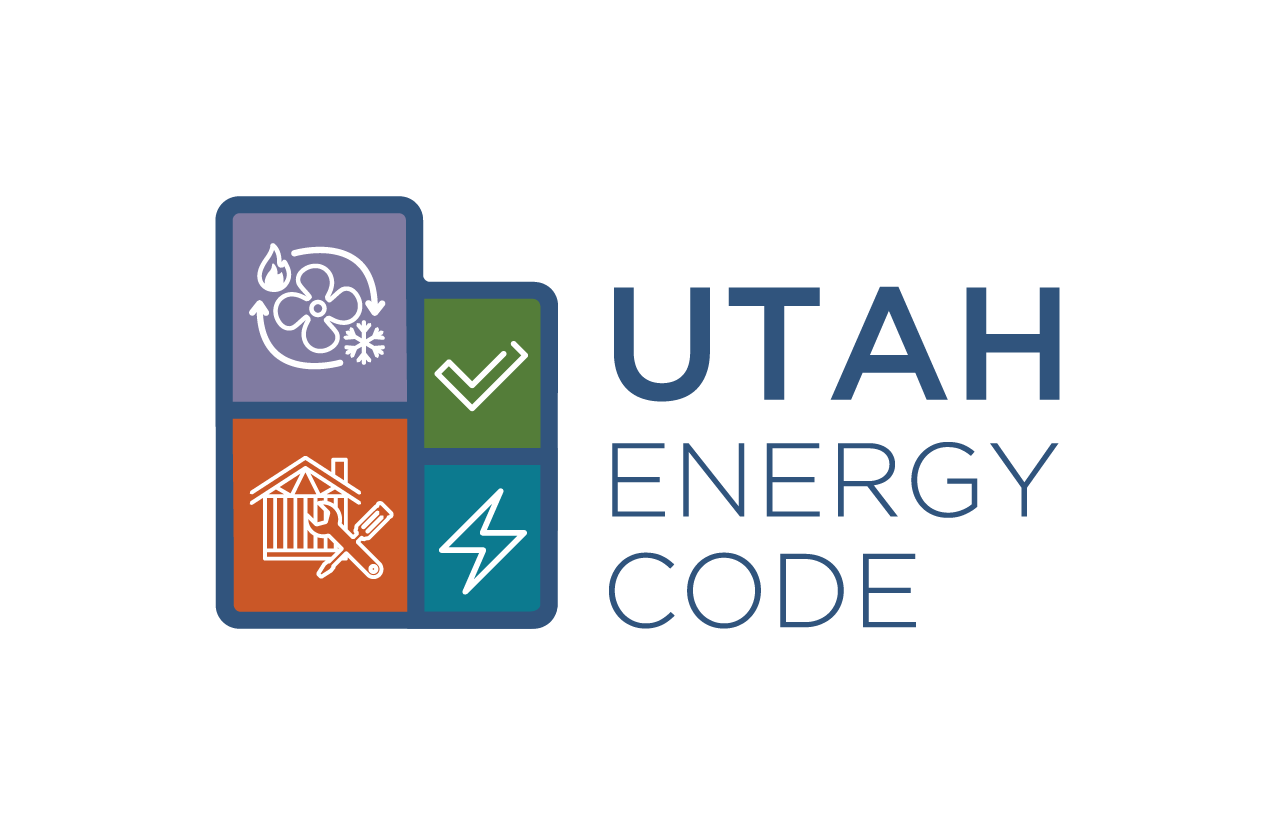
PUT ON YOUR ENERGY GLASSES
Modern construction typically includes many different trades who each contribute unique skills toward the construction of new buildings.
To start, one team will form and pour the foundation. Once those forms have been stripped, a second team will arrive to begin framing. This process then continues once one trade finishes their work, another team will arrive and begin building off the previous team’s work.
This method of construction brings many benefits. It allows each trade to specialize in a specific building task, without needing to master every aspect of construction. Long gone are the days when one man would build an entire home from framing to finish work. Today, construction is much more efficient, as specialized trades allow for a faster building process.
Of course, having many different groups independently contributing to the creation of a single product comes with inherent challenges.
Two of the most well-known challenges to building construction are:
1. Communication
2. Coordination
Because these challenges are well known, they are usually addressed head-on at the outset of a construction project. However, there are other, less acknowledged challenges that arise from this construction processed. One of these challenges is how to deal with any details that fall outside of a standard trade’s scope of work.
Since this is a Dr. Energy blog, let’s use air sealing in new construction as an example. Proper air sealing in new buildings requires proper framing details, application of specific air sealing materials, and proper installation of the weather barrier. It may also require the cooperation of the drywall contractor.
Since, in most cases, air sealing responsibility is not assigned to any specific trade, getting these disparate crews to cooperate, coordinate or even care about air sealing can be a challenge.
WHAT CAN BE DONE TO ADDRESS THESE CHALLENGES?
Initially, someone involved needs to be trained to look at every project with their “energy glasses”. This means that when performing an on-site inspection, the energy efficiency of a project must be the primary focus.
For example, at the framing stage, someone with their “energy glasses” on would be on the lookout for framing details that would prevent spaces in the home from being properly insulated, boxed-in corners are a typical example of this problem.
There are a couple options to ensure that someone views a construction site through “energy glasses.”
-
- First, there are organizations that provide building science training. Any general contractor already involved in a building project can take one of these trainings to gain a better understanding of the energy-efficiency issues involved in construction.
- Second, there are third party organizations that are trained in building science and new construction diagnostic testing that can be brought into the construction team for a project. For instance, Home Energy Rating System, or HERS, raters are trained in building science and can perform air infiltration testing in addition to ENERGY STAR® and other above program certification for projects.
-
- it can help to address energy-efficiency concerns in scopes of work for the trades before the project starts. Some of examples of this include providing specifications for the framing crew to help avoid boxed in corners.
- Including HVAC equipment sizing requirements to ensure properly sized equipment.
- Providing insulation contractor scope details that specify no gaps, voids or compressions in batt installations.
- Ensuring the ventilation requirements follow ventilation best practices.
- Ensuring the HVAC duct design allows for tight ducts and a high air flow.
-
However, it important to keep in mind, that including such specifications in the scope of work is not in and of itself enough to ensure that proper energy-efficiency is maintained in a building project. There still needs to be someone assigned to confirm these concerns are addressed, whether it is a third-party inspector or a trained staff member. Regardless of who takes up the responsibility, there should be someone on every job site who is viewing the project through their “energy glasses.”
– Dr. Energy

0 Comments